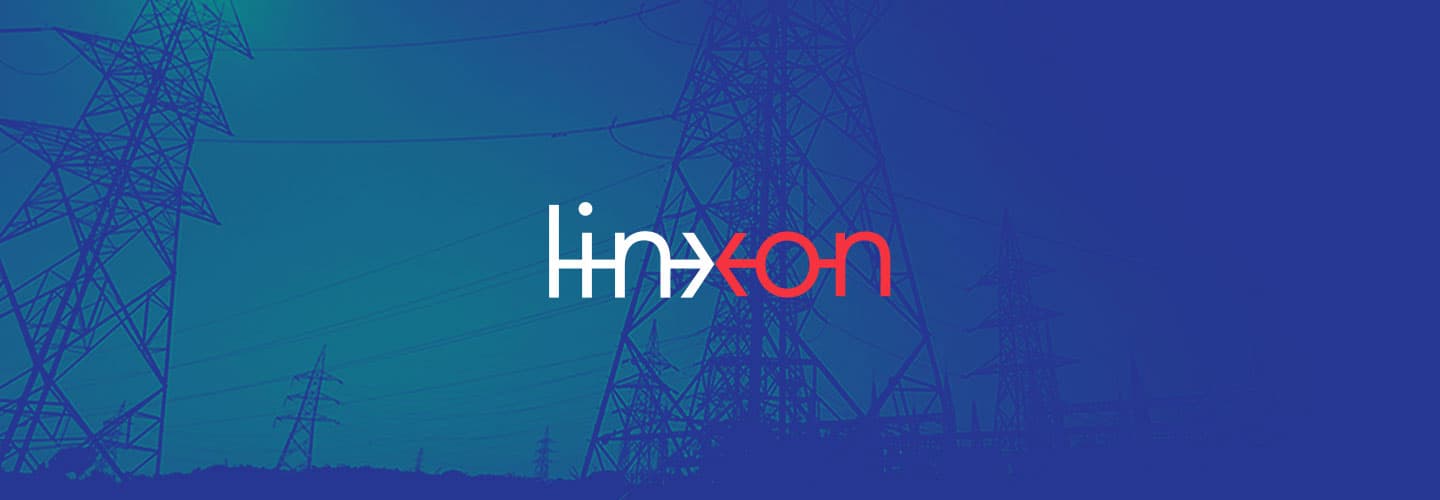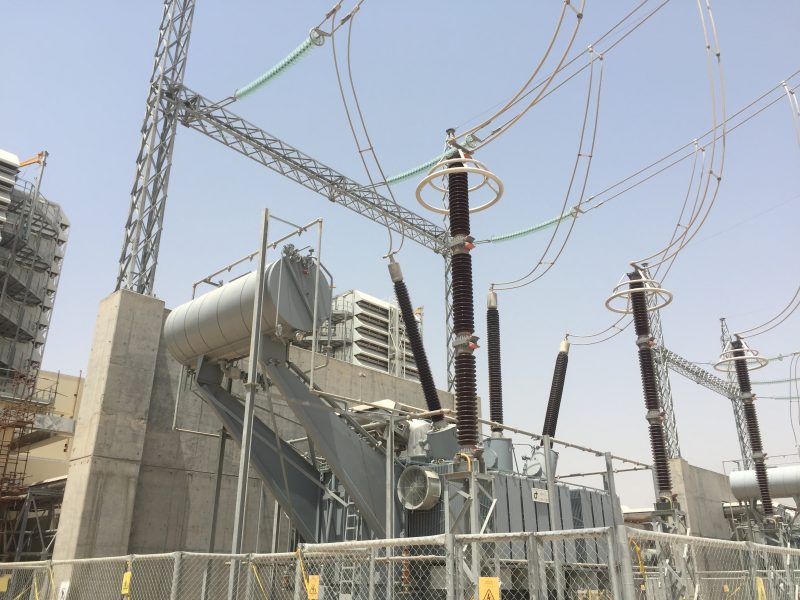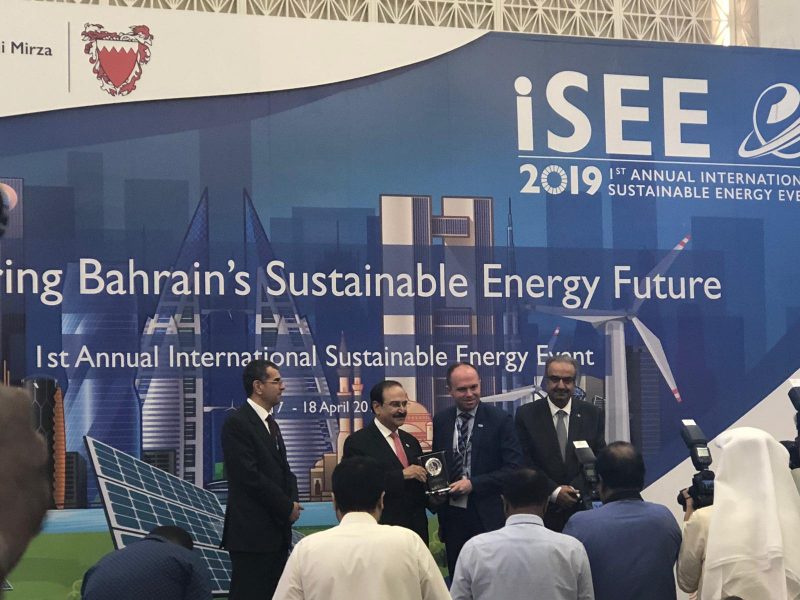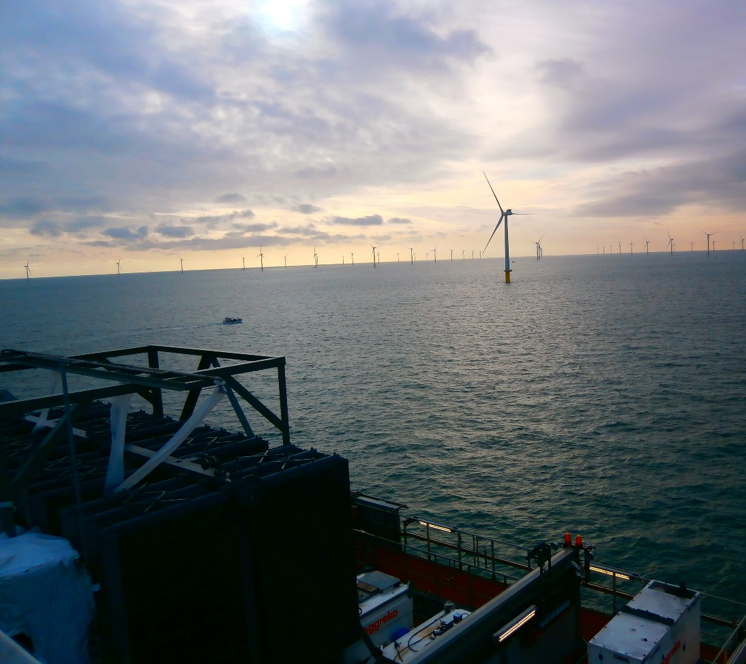Rail is already one of the most sustainable modes of transport. However, finding a way to recycle the energy of braking rail vehicles can result in even greater environmental as well as economic benefits. Reversible substation and energy storage solutions provide an answer.
 “Trains are already among the most environmentally friendly ways of transporting passengers and goods. It is our daily endeavor to make this more efficient, more reliable and safer for passengers,” reflects Yasir Shah, Global Business Development Manager for Transportation at Linxon. “Demand is rising in the transport sector overall, and we see great potential for our solutions around the world as we reduce the risks associated with implementing the power supply scope of the project for the infrastructure developers.”
“Trains are already among the most environmentally friendly ways of transporting passengers and goods. It is our daily endeavor to make this more efficient, more reliable and safer for passengers,” reflects Yasir Shah, Global Business Development Manager for Transportation at Linxon. “Demand is rising in the transport sector overall, and we see great potential for our solutions around the world as we reduce the risks associated with implementing the power supply scope of the project for the infrastructure developers.”
But what benefits make transport infrastructure so significant? Transport can enhance economic growth and accessibility, the resilience of cities, links between urban and rural regions as well as the productivity of rural areas. Its importance is underlined by its inclusion in the UN’s Sustainable Development Goals. For example, one of the aims of SDG 11 is to provide access to safe, affordable, accessible and sustainable transport systems for all by 2030.
Transportation linked to energy transition
According to a 2019 International Energy Agency (IEA) report, global demand for transport is growing fast – in fact, passenger and freight activity could more than double by 2050.
However, the transport sector is responsible for more than half of global oil demand and around one-quarter of global CO2 emissions from fuel combustion. For instance, according to the Global Carbon Project, road transport caused the largest share of the global 2020 decrease in CO2 emissions, following the start of the COVID-19 pandemic. Changes in transportation are therefore key to achieving energy transitions globally.
Rail, meanwhile, is increasingly being seen as a way to reduce carbon emissions within the transport sector. The IEA states that rail is among the most energy efficient modes of transport – and while the rail sector carries 8% of the world’s passengers and 7% of global freight transport, it represents only 2% of total transport energy demand. The World Economic Forum backs that up, underlining that long distance trains have lower carbon footprints than most other forms of transport, and emit tiny amounts of carbon per kilometre compared to air travel.
Mass transit to minimise air pollution
Switching from road transport to mass transit is therefore one way to reduce emissions as well as congestion in urban areas. Let’s take an example from Bangkok. Via its Mass Rapid Transit (MRT) Master Plan, the Thai Government is creating an urban rail commuter network to cater to Bangkok’s burgeoning population, which is expected to overtake the 10 million mark by 2030.
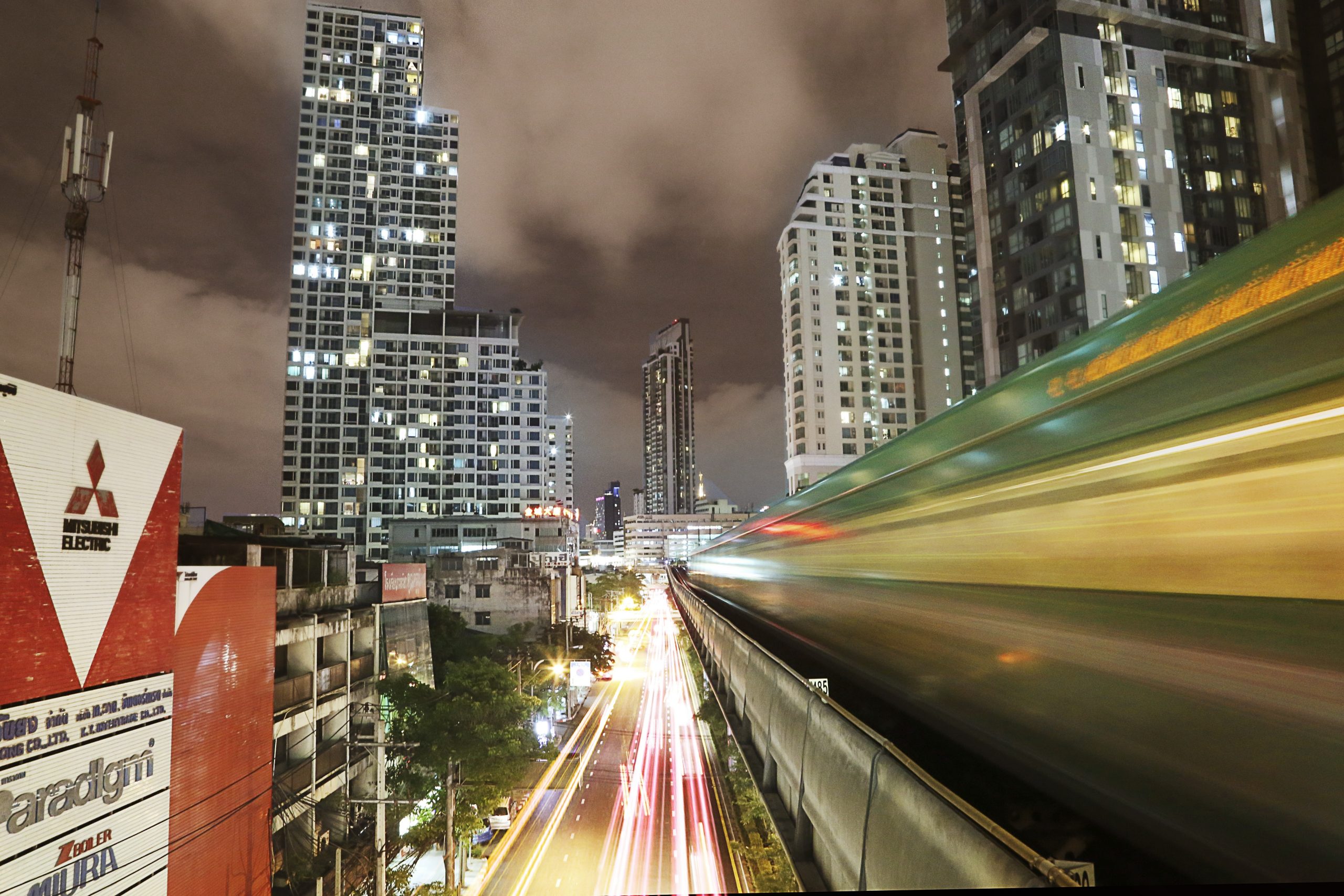
As part of this, the Mass Rapid Transit Authority of Thailand is developing the Pink and Yellow monorail lines. Once constructed, these lines will ease the city’s road traffic congestion and reduce air pollution. Linxon is providing a turnkey power supply solution to its client for these monorail lines the scope includes engineering, supply, installation, testing and commissioning for complete power supply to support this example of more sustainable urban rail commuting.
Linxon is currently also delivering power supply solutions for the extension of the existing Kochi Metro Urban Mass Transit System in India. Kochi Metro has been operational since June 2017 and has an annual ridership of more than 1.6 million people. It’s now being extended to connect with Thripunithura, a prominent historical and residential region from the city centre. Linxon is offering turnkey wayside power supply scope for the project including third rail and is also integrating it to the existing system at Operational control centre.
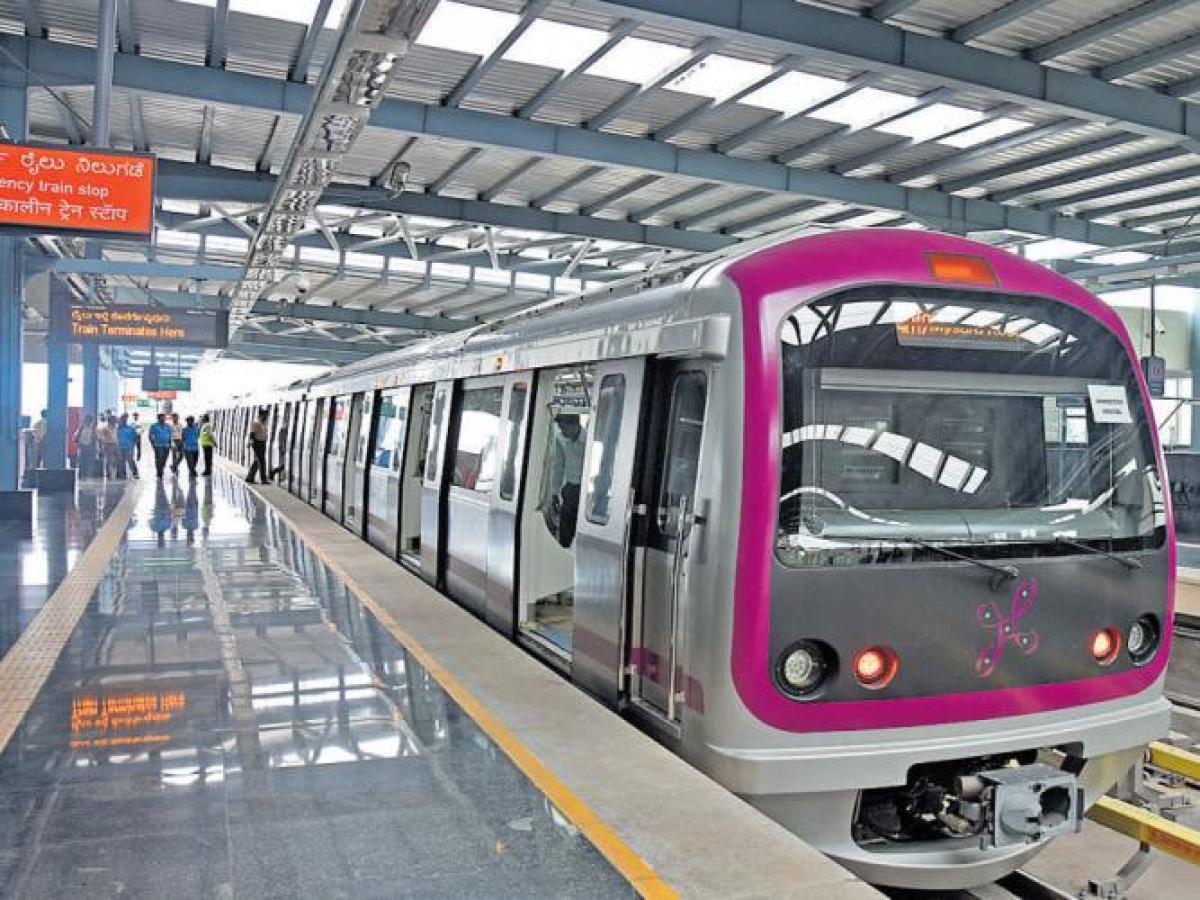
Most recently, the Bangalore Metro Rail Corporation (BMRCL) awarded Linxon the complete power supply package (including third rail) for the new lines of the Phase II corridor Urban Mass Rapid Transit System in the city of Bangalore, India.
“The scope offered by Linxon for rail projects truly defines the Linxon vision of “from grid to vehicle” in the transportation segment,” Yasir underlines. He explains that the full project scope includes traction and auxiliary substations along with power cabling and the third rail system for the 37kms new lines developed by the end customer, Linxon is also offering SCADA System for these new lines as well as inorder to lower the life cycle cost is also providing maintenance planning system for these new lines in a single package.
Collaboration models to meet customer expectations
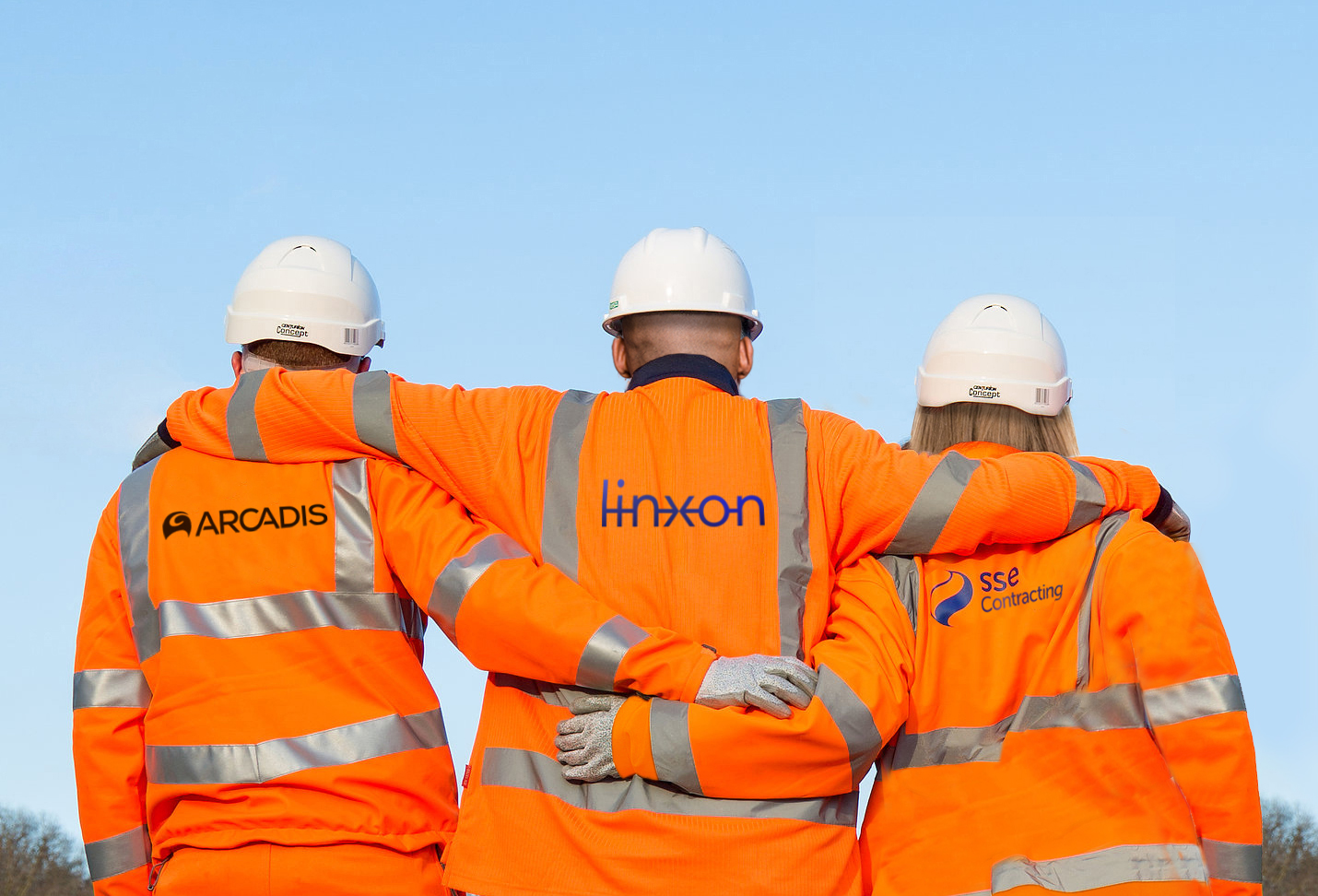
In a unique move for the industry, and a bid to offer a one-stop solution, a powerful consortium involving Arcadis, Linxon and SSE Contracting has been established to power up a greener and more effective railway, delivering the HV solution as one to our clients in the United Kingdom. Collectively the three parties have seen an opportunity to come together as one to create strength in unity and a powerful consortium with complimentary skills which will ultimately benefit the client and can only be a good move for the industry. There is a shared vision in working together to power the railways in an efficient and safe manner and in doing so tackling climate change and reduce life cycle cost.
Harnessing braking power
While rail is more environmentally friendly than other forms of transport, it could still be improved further. For example, electric rail transit operators are large consumers of electricity. But recycling the braking energy of rail vehicles offers a significant opportunity to improve energy efficiency.
Modern vehicles enable regenerative braking. Kinetic energy is converted into electrical energy via the traction motor operating as a generator. This electrical energy can then be fed back into the grid or stored. For example, in the former instance, this energy can be used by other trains nearby that are currently accelerating. But if there are no such vehicles in the vicinity, feeding this regenerated energy back into the grid can lead to an inadmissible increase in the catenary voltage. To avoid this, the energy is generally dissipated via the brake resistors and is therefore lost in the form of heat.
But if there are no nearby trains, is there another way to prevent this energy simply being wasted? “This is where reversible substation or energy storage solutions come into play,” explains Yasir. “For example, with energy saving solutions on urban mass transit, we can achieve savings of up to four kilo watt hour (kWh) per train – that is enough to power a small home. And for light rail projects, the peak demand can be reduced by 23%.”
Realising environmental and economic savings
In fact, there are three main ways to recycle surplus braking energy so that it’s not lost and can support energy savings: firstly, optimize train timetables so nearby trains can use the energy; secondly, recuperate the energy and feed it back into the distribution grid to be used for other purposes (via reversible substations); and thirdly, store the energy and feed it back into the DC grid.
Linxon provides solutions that make the last two options a reality. With reversible substation solutions, excess braking energy is fed back into the AC grid – and this can then supply loads within the metro system itself (for example, lighting, cooling, lifts and escalators in nearby stations) and even homes and businesses in the region. In this way, the railway becomes a net generator of electricity.
In terms of the second solution, wayside energy storage systems can capture and store the surplus braking energy in batteries, supercapacitors or flywheels. The stored energy is then re-injected into the DC grid. “A static energy storage system provides substantial savings considering that it can repeat such a cycle hundreds or even thousands of times each day,” Yasir says.
And he continues: “These technologies don’t just offer the benefit of energy savings, but also enable the downsizing of traction equipment and the reduction of maintenance work within the railway system.” For instance, these solutions eliminate the need for vehicle or wayside resistors, thus reducing traction load as the vehicles no longer carry the weight of the on-board resistors or increasing the people handling capacity without reducing traction load.
Another advantage is that energy recovery systems can ensure and/or increase voltage stability at crucial spots along the third rail or catenary line. This is of particular interest when distances between substations are relatively large, which can be the case in outer areas. In terms of voltage stability, installing energy recovery systems can be an alternative to installing new substations, offering a reduction in investment costs.
The renaissance of rail
These solutions demonstrate that at Linxon, the potential of innovative technologies is being captured to meet the challenge of making rail transportation more energy efficient, as well as more reliable, more comfortable and safer.
These goals are reflected in the European Commission’s decision to designate 2021 as the European Year of Rail. A variety of activities will put rail in the spotlight this year, to encourage the use of rail by both citizens and businesses and to contribute to the EU Green Deal goal of becoming climate-neutral by 2050. For instance, the Green Deal seeks a 90% reduction in transport emissions by 2050.
“At Linxon, we want to be part of building a better future for the environment,” states Yasir. “We do this through innovative technologies like those that make rail more energy efficient. We’re also doing this by joining the TED Countdown initiative to champion and accelerate solutions to the climate crisis. In 2021, an overall year of recovery, we’re happy to support rail travel as a way to shape more sustainable infrastructure for the future.”
